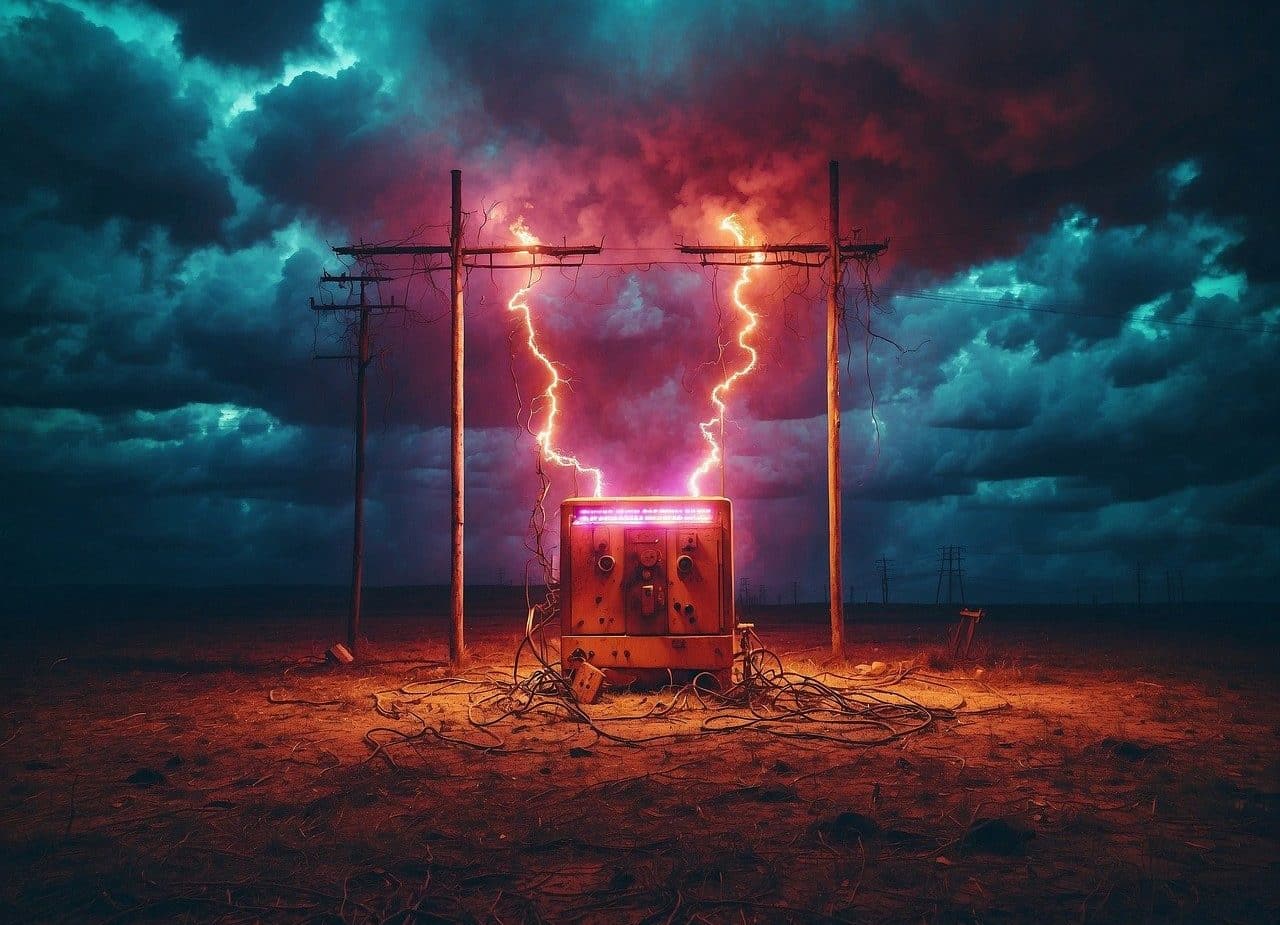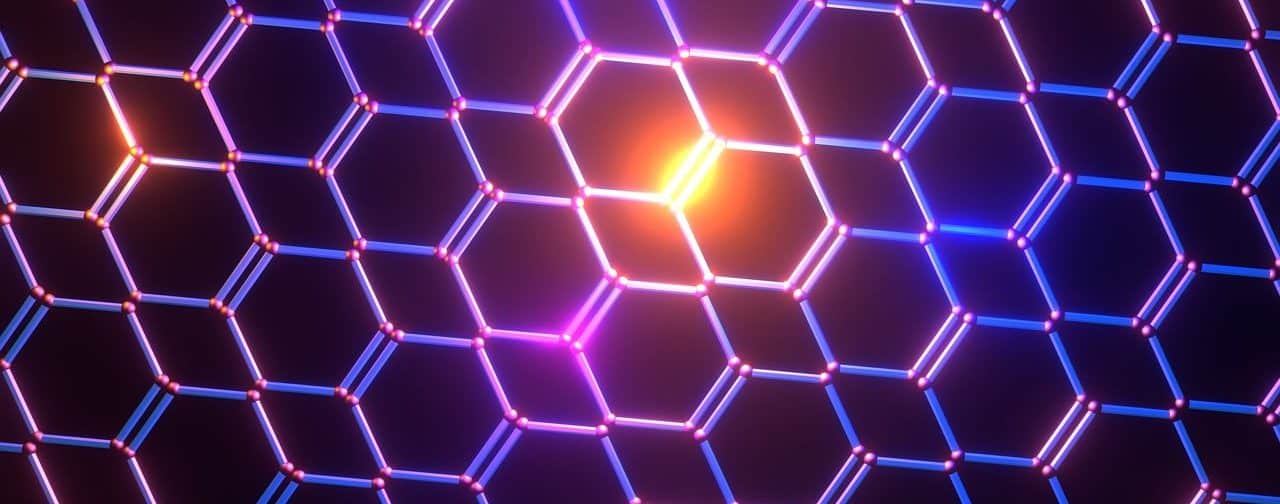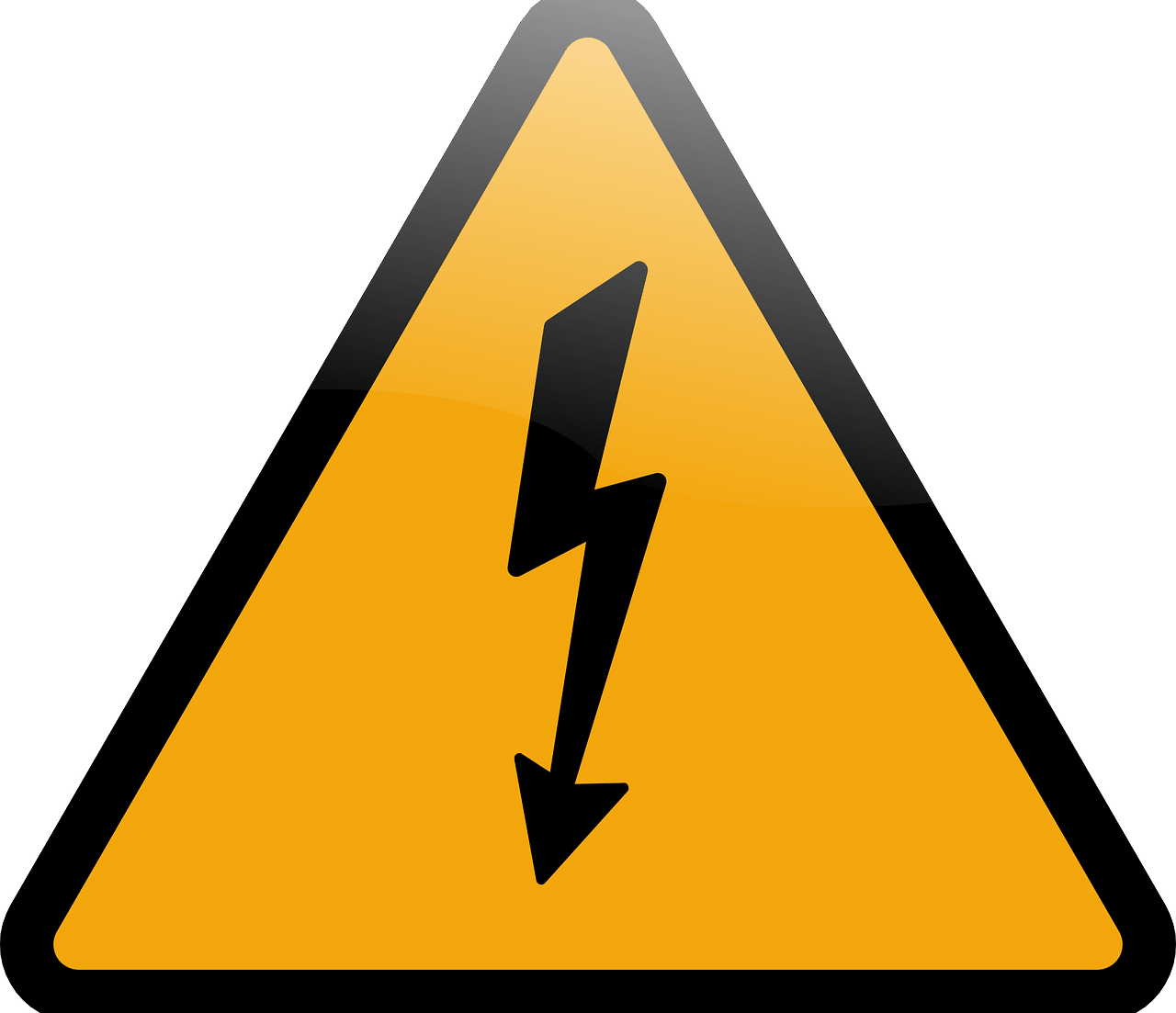
The Josephson effect assumes that, in superconducting materials, the Cooper pairs are responsible for transporting the electric current.
Josephson effect is the name given to a physical phenomenon that, in 1962, was announced by Brian David Josephson , a physicist and professor born in the capital of Wales . In recognition of his important theoretical prediction, this man who came into the world in 1940 was awarded the Nobel Prize in Physics in 1973, the year in which Ivar Giaever and Leo Esaki were also awarded.
It should be noted that Josephson , who has many distinctions that support his career, has carried out multiple research in the Cavendish laboratory belonging to the University of Cambridge . In the case of the effect identified with his last name, he detected that an electric current has the ability to flow between a pair of superconductors, passing through a thin layer of insulating material without experiencing any resistance.
In memory of Brian 's contributions and findings, other notions have also emerged that refer to the identity of this expert. Proof of this are the ideas of Josephson union or joint , Josephson frequency and Josephson voltage , among others.
Concepts linked to the Josephson effect
By focusing on the particularities and scope of the Josephson effect, it is necessary to learn foundations, definitions and particularities around key concepts .
It is essential, for example, to educate yourself about what and how a superconductor is (a term that, in the fields of electronics and electricity , describes the material that becomes a perfect electrical conductor by losing electrical resistance at extremely low temperatures). and what superconductivity consists of (the property that characterizes superconducting elements).
We must even know what the expression Cooper pair refers to, which refers to the pair of electrons that, although their charges are of identical sign, act in a superconducting state as if there were attraction between them and, due to the tunnel effect , (a key phenomenon in the nuclear fusion process of certain stars, to give an example), they end up crossing the insulating barrier. The Cooper pairs related to conventional superconductors , the theory points out, present an s-type wave function, while when analyzing them in non-conventional superconductors there are chances of a triplet-type association and an anisotropic interaction between electrons.
It should also be noted that in an attempt to explain how superconductivity occurs, John Bardeen together with his colleagues Leon Cooper and John Robert Schrieffer came to create and officially launch the so-called BCS theory (Bardeen-Cooper-Schrieffer). ) , baptized as a synthesis of the initials of each person involved. This content focused on the transport of electric current in superconductors by Cooper pairs has been constructive in certain aspects, but presents limitations with respect to, for example, the interpretation of the behavior of unconventional superconductors .

Graphene is a material that stands out for its high electrical conductivity, it does not present a marked Joule effect and, when light hits it, it can generate electricity.
Applications
The Josephson effect has numerous purposes and a very broad scope. The applications are multiple, even though there are still technical challenges to overcome in the manufacture of certain devices and limitations in terms of materials, temperatures and other variables.
SQUID sensors , to detail a specific case that serves as a reference, form a ring structure thanks to the union of two superconducting parts. In this device , very useful when analyzing the magnetism of an object, the Josephson union and magnetic flux quantization coexist.
Taking advantage of Cooper pairs and appealing to Josephson unions , meanwhile, there have been experimental projects with more than one quantum bit (qubit) . It is also a valuable resource within spectroscopy and quantum metrology . It has also been established that Josephson joints have potential for the production of a quantum parametric amplifier .
Years ago, to add more information, thanks to ultracold samples, researchers belonging to institutions in different countries discovered that an atomic superfluid gas of fermionic essence had oscillations linked to the Josephson effect . And there have been advances in electronic engineering and physics thanks to the superconducting diode effect that is associated with the aforementioned Josephson junctions .

In an oscillator with Josephson junctions, the standard volt is required to reach an estimated frequency of 483.5979 MHz.
Varieties of the Josephson effect
As scholars of the subject have determined, there are two varieties of the Josephson effect .
One is called the continuous (or direct current) Josephson effect . In this case, the insulator is crossed by a direct electric current without the existence of an external electromagnetic field. It occurs when a magnetic field, measurable using a SQUID (Superconducting Quantum Interference Device) and responsible for producing a phase shift between Cooper pairs , is applied to a Josephson junction . Thus, the union is crossed in a way similar to what happens with the so-called Aharonov-Bohm effect .
There is also an alternating current Josephson effect , which demonstrates the possibility of taking advantage of a Josephson junction as an ideal voltage and frequency converter. In this framework, a linear alteration between joints exposed to a fixed voltage is observed over time.
